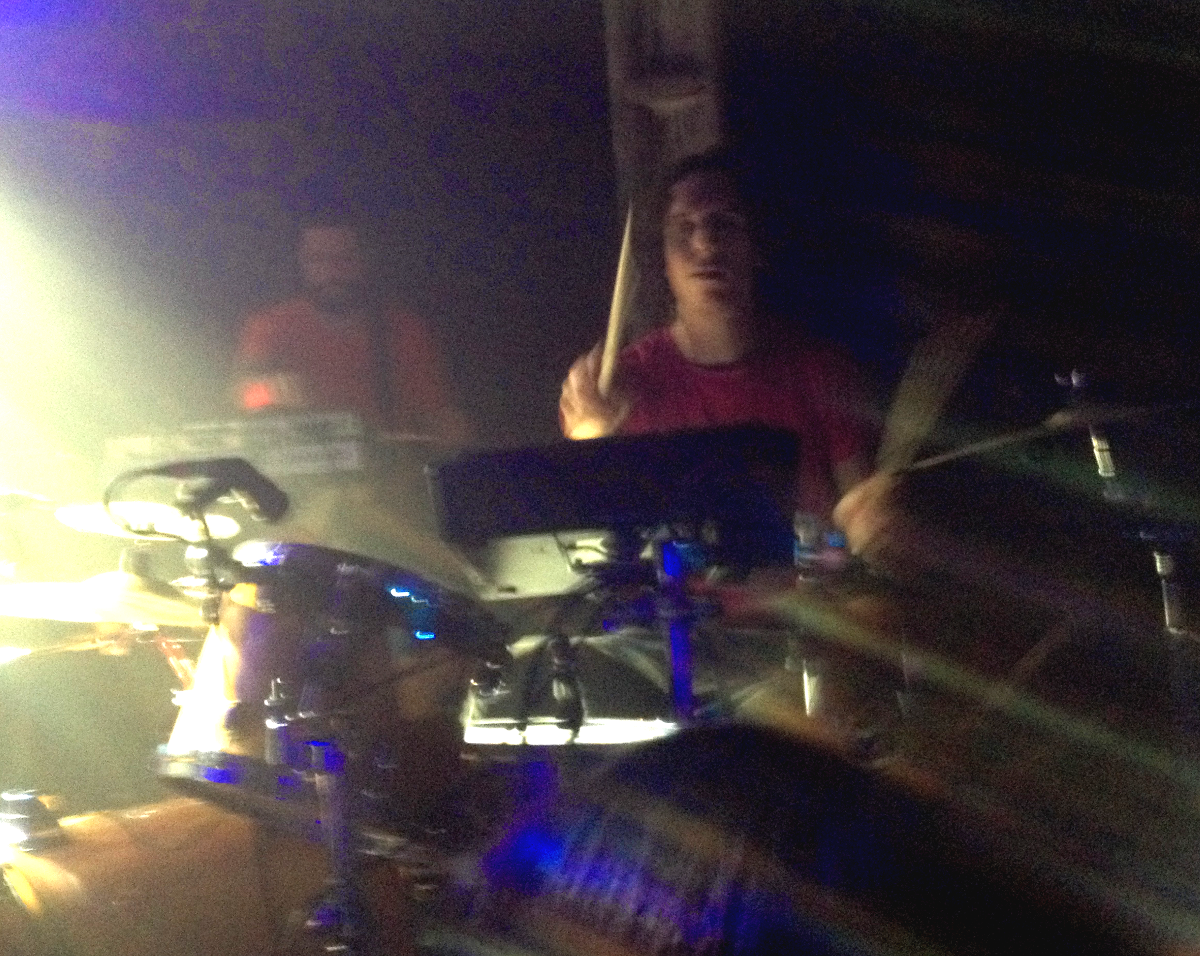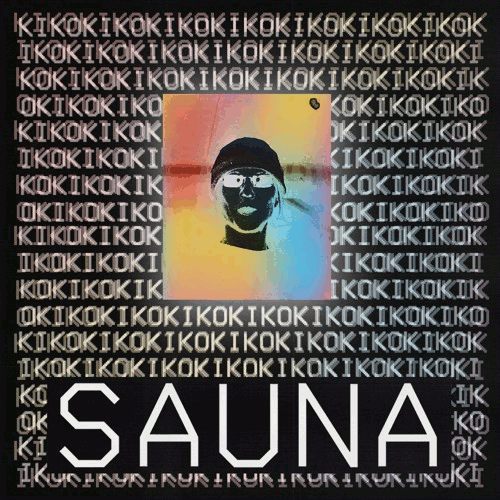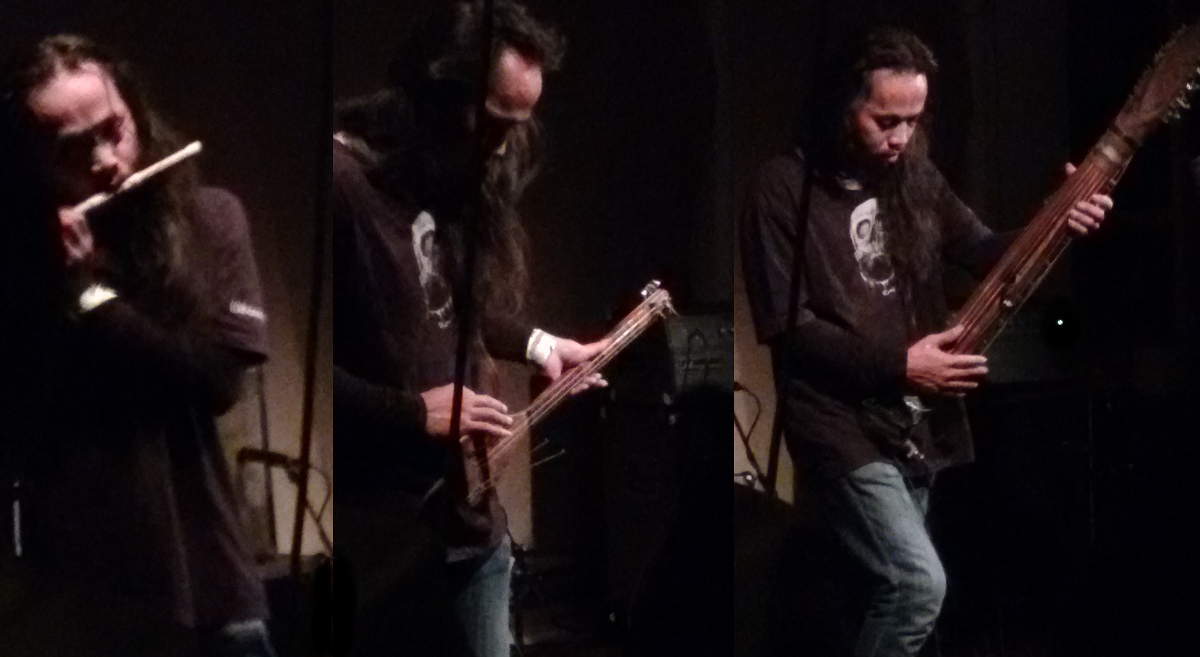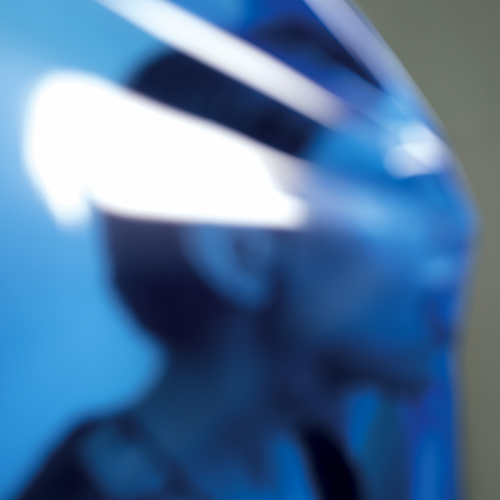Liverpool Philharmonic Hall
27 March 2004
Described as a ‘brilliantly conceived concert’ by The New York Times this promised an evening of aural and visual assaults from across a century. It almost seemed too much to squeeze into one performance but, with the exception of the interval, all video/visual material ran concurrent with the music.
Any revisiting of music which has been considered outside the mainstream by audiences for nearly 100 years raises some questions. What was it in the music of that earlier era that caused it to be reviled or ignored and is it the same thing now ? Have audiences adjusted to the sound and fury ? And how will it sit along with the ‘new’ electronic music which has its own detractors ?
There is clearly no difficulty presented by the eggshell delicacy of Aphex Twin‘s piano music. Its fragile waves rippled over the packed house to almost soporific effect from a stage crowded with percussion and other orchestral hardware. For a short time the hall was awash with its treated resonance. In some ways it seemed at odds with much of the other work performed within those hallowed portals. The reputation of Varese still hangs over modern music, fans of Frank Zappa will probably have sought him out, but I wonder who else is tempted to grapple with the supposed difficulties of his work. It is hard to ignore the music, though, and when the Sinfonietta came onstage they certainly jolted his famous “Ionisation” into life, its massive pulse partially aroused by those familiar sirens that howl periodically through the piece. The audience where I was seemed fairly blasé about it, applauding respectfully, but I wondered how many of them would choose to take this out at home and treat the neighbours to a slab of 1930s Avant Garde. At least no one seemed offended by it, nobody stormed out. I’m still a bit puzzled by its appeal and its longevity.
Varese’s music may have an unavoidably visceral impact but I doubt it could withstand a confrontation with the work of Squarepusher. Beats and walls of sound combined to dislocate body parts and anything else not firmly held down. Seats shook, the air around us vibrated and I dare say many dormant musical spirits were rudely aroused as he crouched behind his hardware. When he strapped on a shapely bass guitar as an additional sonic attachment, though, he began a solo which descended into self indulgence at times. It is the force of the sonic attack that remains in the memory not particularly the content. However, the audience responded more enthusiastically, no doubt being more accustomed to his methods.
More obscure perhaps than Varese, George Antheil‘s music relies equally on the energy it generates. His Ballet Mecanique was not especially popular in 1924 and, I suspect, doesn’t have much of an audience now but, again, it can’t be ignored. Bells, whistles and sirens meet the ineluctable powers of piano and massed percussion and beat the listener into submission. In this case the aural impact is also heightened by the film which Fernand Leger and Man Ray conceived to run parallel with the music. Images which fascinated artists at the time, machinery and all sorts of mechanical objects, mix with the human frame in a nightmarish scenario that suits the sounds generated by the Sinfonietta. Once more I felt that audience responded as they thought appropriate but since it was just before the interval I reckon that if they were honest they just wanted to get out of the hall to smoke. The crowds outside the foyer and on the pavement gave credence to that.
The works of Reich and Cage are possibly not as challenging now as Varese and Antheil were in their day and this was borne out in the second half. They are not as fierce or threatening, certainly to an audience that laps up Squarepusher, and it was an interesting contrast to the first half of the night. But I still suspect that Jamie Lidell was the one most people were waiting for and his impassioned vocal and electronic excursions were well received. It was a further dimension too, to an evening that was attempting the juxtaposition of varieties found, to some extent, at the margins of sound.
But by the end I still felt it was an uneasy, though interesting, coalition and my initial questions remained largely unanswered.
-Paul Donnelly-



